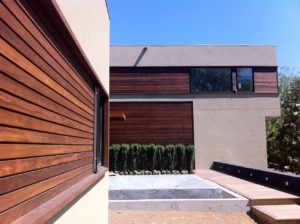
What is Rainscreen Siding?
Basically it is an air gap created between the outer wall and the inner wall of a structure. By putting up an external siding wall and stepping it off from the inner wall by even as little as 3/8″ of you prevent the outside moisture from ever reaching the inside wall in the first place. Moisture condensates on the inside of that exterior wall and then drains out the bottom of the rainscreen. In essence rainscreen siding shifts the problem from having a water resistant material to just good moisture management as the water is captured and funneled down through the drainage plane created by the air gap thus keeping the interior wall dry. This is definitely not a novel idea. In fact it is ancient technique having been first written about by the greeks and employed by the Romans. Many structures from the 12th century employing rainscreen stand today in Scandinavia as a testament to the technique.
Ipe Siding
Traditionally Ipe siding would be screwed or nailed in place and usually a tongue and groove joint connects the edges. Once someone thought to use tropical decking the idea of a hidden clip fastener system seemed almost obvious. Suddenly you can clad your home with stunningly beautiful wood without unsightly holes from the fasteners marking out where every furring strip is underneath. Moreover, a clip system will set your spacing for a consistent gap while still allowing some wiggle room for the siding to expand and contract with the seasons. The clips are secured to the furring strips therefore hiding all visible fasteners. The finished product is truly beautiful and seems like a great solution. However as with any new construction method the verdict is still out on how well these systems work.
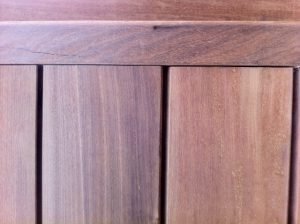
Ultimately we think these are minor issues because using a top quality tropical decking product that is already very water, insect, and rot resistant will solve the problems. Lets face it, if Ipe and Cumaru can stand up to standing water and horizontal surfaces as a deck, then shedding water from a vertical surface shouldn’t be an issue.
Rainscreen Siding
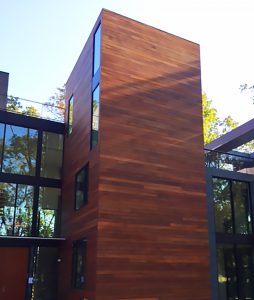
Rainscreen Cladding with Ipe
You cannot deny the beauty of a hardwood clad building using a tropical hardwood like Ipe siding or Cumaru or even Sapele siding. You add a great deal of durability and rot resistance to the entire equation. The idea of a rainscreen system is not a new one either and the air gap between the Ipe siding the structure takes it one step further to weatherproof your home.

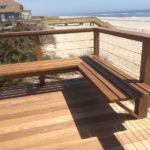
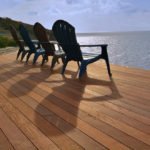
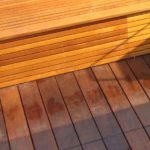
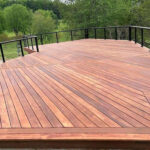
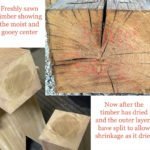
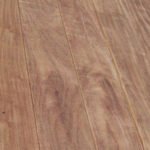


Leave a Reply